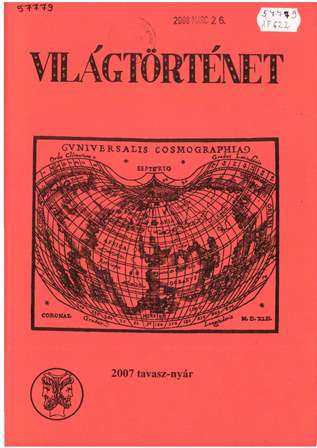

The European Union has declared that promoting the peaceful and democratic development of its eastern neighbours is of vital interest, and has rejected any justification of the concept of spheres of influence in the post-Cold War era. In response to the Georgian crisis of 2008, it announced the acceleration of its Eastern Partnership policy, which stops short of offering EU membership and runs parallel with the build-up of relations with Russia. In this way, the EU’s declaration clearly reflects the internal divisions of the union regarding eastern strategy in a broader sense. However, the aim, on which all member states of the union have agreed, is to make the EU’s eastern neighbours more democratic and market-oriented, to reinforce the rule of law in these countries, and to make them “more European,” bringing them closer to adoption of the values of the EU. Cooperation is organized on a Securing the EU’s Eastern Flank bilateral basis, but also has a multilateral element, in which the union encourages the rapprochement of individual countries of the region. It was in December 2008 that the European Commission presented a meaningful proposal regarding the review and accelerated development of its eastern neighbourhood policy. In the meantime, it also analyzed the relationship between the European Union and Russia, and came to the conclusion that reinforcement of the partnership with Moscow should be continued. The opinion of observers in Brussels that the development of relations with Russia will be preferred to the eastern neighbourhood policy would thus seem to be warranted. Finally, negotiations with Moscow were resumed – despite protests or hesitation on the part of some member states – in a situation where not every article of the peace treaty closing the Russian-Georgian conflict was fulfilled; this occurred despite the EU initially declaring at top level that it would not resume negotiations with Russia unless the pact were to be implemented entirely.
More...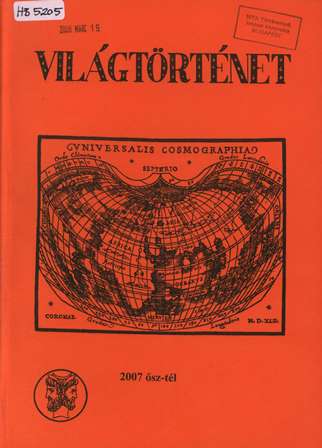
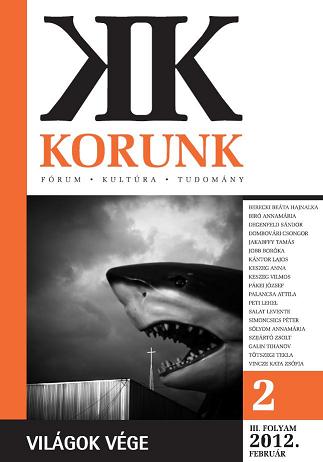
Keywords: art; photography; Romanian culture; post-socialist aesthetics
Review essay of the photo exhibition of Tamás Hajdu.
More...Keywords: Japan; Tokyo; Eastern culture; Western model of museums
While a thoroughly Eastern culture, Japan has adopted the Western model of museums. This essay looks at the interplay of local circumstances and European- and American-like museums in Tokyo.
More...Excerpt of Gábor demszky´s Family Chronicle, will be published end of 2008.
More...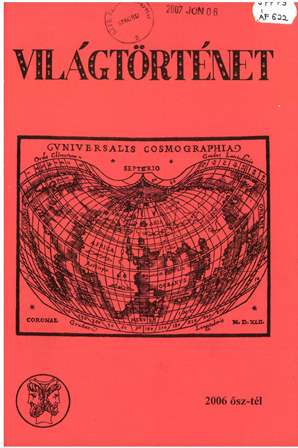
Book review: A Balkán és a keleti kérdés a nagyhatalmi politikában
More...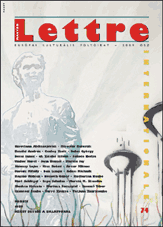
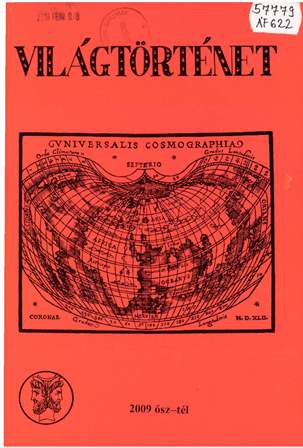
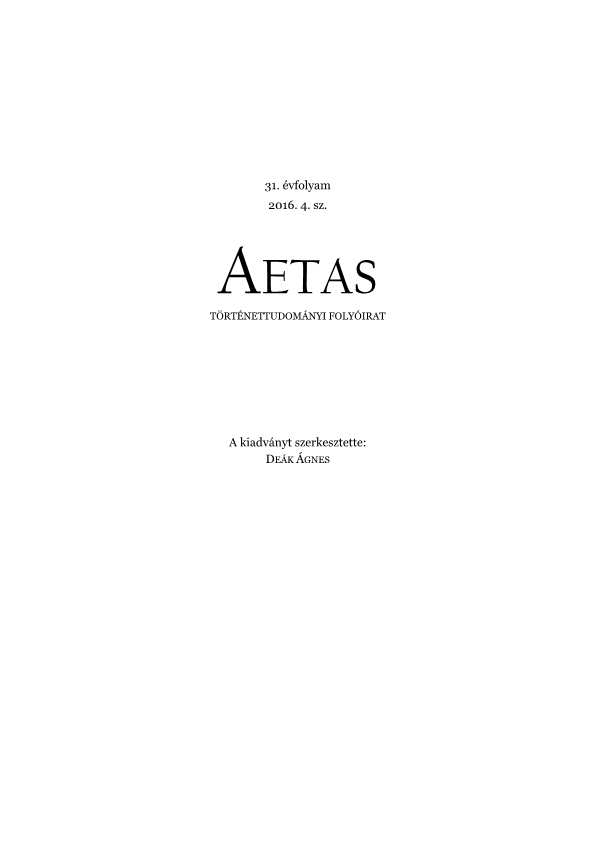
Steven Richmond: The Voice of England in the East. Stratford Canning and Diplomacy with the Ottoman Empire. I. B. Tauris, New York – London, 2014.
More...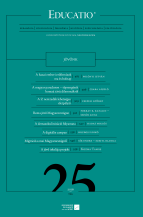
Keywords: France; higher education;
Actes de la recherche en sciences sociales, 2010/3 (n° 183). /Les classes populaires dans l'enseignement supérieur: Politiques, stratégies, inégalités/. pp. 4–124. – Sociétés contemporaines, 2010/3. (n° 183). [Diversité et formation des élites: France-USA]. pp. 5–143.)
More...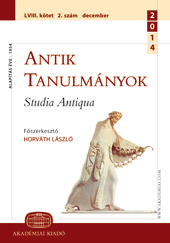
Keywords: Palmyra; Eastern trade; Egypt; India; South Arabia; connections between East and West;
One of the obvious example of the often mentioned “Levantine spirit of profiteering” is Palmyra. Th e city-state which gradually went under Roman influence from the 1st century B.C. onwards, became one of the richest metropolis of the ancient Near East during the following two centuries. This is clearly witnessed by the magnificent ruins of Palmyra in the Syrian desert. The town is often coined – after the influential work of Michael Rostovtzeff – as a “caravan city”. Although this debated term is essentially relevant in our opinion, we have to stress that Palmyra was the main organizer and defender of the caravans, not the main target of them. The secret of Palmyra’s arising was the Eastern trade in which she bear the brunt from the Seleucid era onwards. The commerce with the silk of China, spices, gems and pearls of India, incense of Arabia provided a fabulous profit for the Palmyrean entrepreneurs who were present in the small kingdoms of Mesopotamia, the principalities of Arabia, the Roman ports along the Red Sea and the commercial centers of West India (Scythia) as well. Palmyreans played the middlemen’s role in the arborescent Eastern trade, and not only between the East and the Mediterranean – in which we are obviously more interested –, but also among the Eastern kingdoms themselves. A considerable part of the enormous profit of this transmitting commerce flew into Palmyra, which in the third century AD – taking the advantage of the political, social, and economic crisis of the Roman Empire – not surprisingly gained political power over a considerable part of the Eastern Roman Empire including Egypt. The military and economic power of Palmyra, however, was not enough against the indisposed Imperium Romanum. After the defeat in 272 AD Palmyra never get on her feet and in consequence of the fall of the metropolis her traders got lost their influence as well.
More...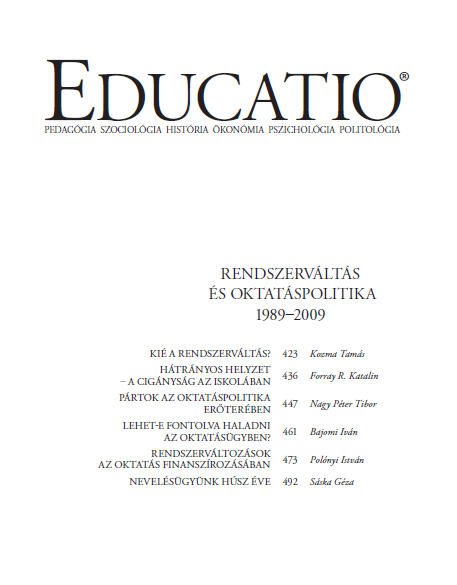
Michalev, Vladimir [ed]: Inequality and Social Structure during the Transition. Palgrave Macmillan, 2003, Hampshire. p. 313.)
More...Keywords: traditional learning; education; globalisation; development of learning activities; new learning activities;
Finds the essence of the ’traditional learning’ in the relation between a master and his (her) disciple. A thorough analysis of this relationship helps understand the unique features of the ’traditional learning’ activities. The question is if the ’traditional learning’ would be suitable to the requirements of the ’modern’ world and the globalisation processes.
More...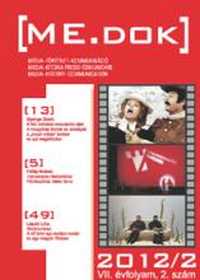
Keywords: Eastern martial art films; rhythm; music; choreography
The study presents the rhythmical characteristics of the Eastern martial art films drawing a parallel between the rhythm of the film and the musical rhythm. It also presents the technical methods (cutting, the conduct of the actors etc.) that contributed to the unique visual world and movement. The study concludes that the success of the martial art films is contributed to the joint effect of the martial arts, music and films.
More...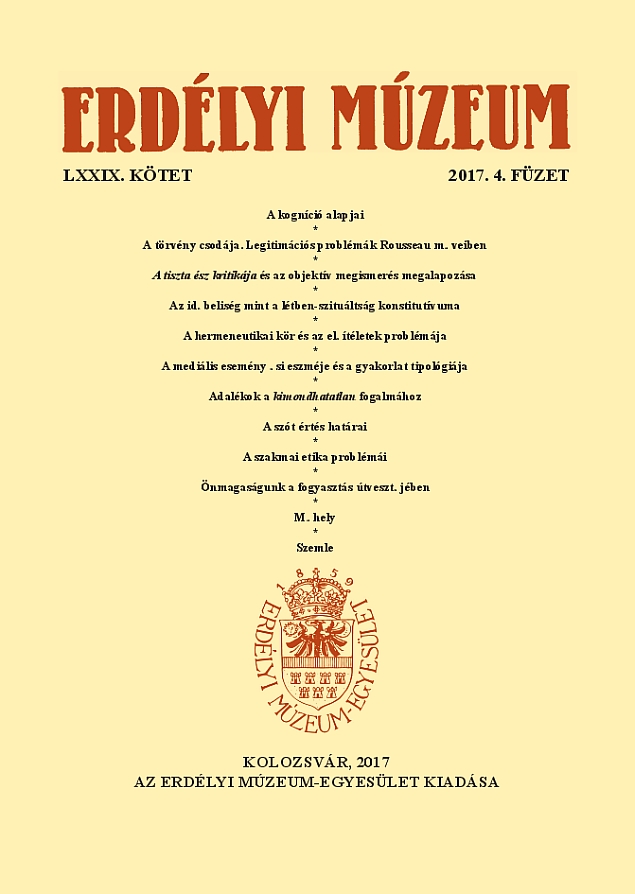
Keywords: Tai chi; martial arts; philosophy of life; Tai chi masters
Chinese martial arts were less known in the Western countries, until China opened the gate to the world, after the 1970s. It is very impressive the way along the Chinese martial arts spread out in the world. There was very important the contribution of people traveling to China for learning genuine knowledge, but it was also very important the contribution of martial art movie stars, and the roles of the martial art association which functioned in western countries in the spirit of Chinese traditions. The perception of this internal martial art were realized in many ways, with accent in two major aspect, one of the healing and one of the meditation: medication motion and meditation motion. There is a lot of way to try to approach the meanings of Tai chi, what is not just an art of movements and meditation, but a philosophy of life.
More...
Keywords: Forte Company; West Balkán; Csaba Horváth; Contemporary dance;
Review of Forte Company's dance performance "This Happens if Someone Gets Frightened of a Distant Unknown Voice" choreographed by Csaba Horváth, presented at West Balkán
More...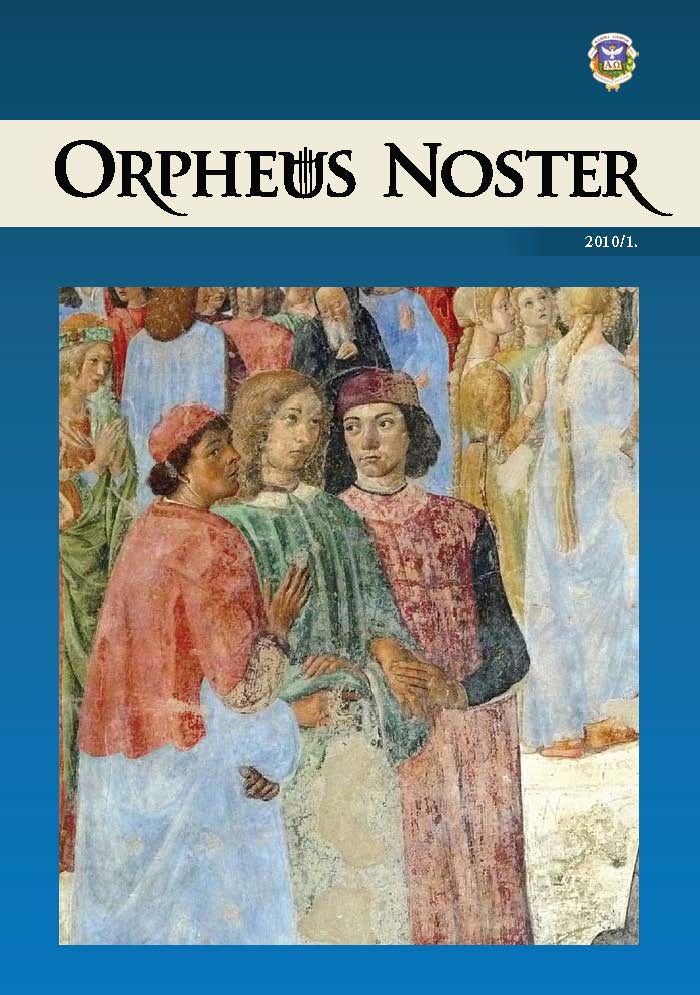
Keywords: Antiochus IV; Seleucid Empire
Die hellenistischen historischen Quellen haben Antiochos IV. manchmal als einen Tempelräuber dargestellt. Die neu endeckten hellenistisch-griechischen Inschriften und die Ereignisse der Forschungen der hellenistischen babylonischen Dokumente haben zur Erklärung dieser Tradition, und zur Beleuchtung der Ursachen der Spannungen, die schon vor Antiochos’ Thronbesteigung begonnen hatten, sehr viel beigetragen. Die Ernennung der Archiereis in Kleinasien und in “Koile-Syria und Phoinike”, die auch die wirtschaftliche Tätigkeit von mehreren Heiligtümern kontrollierten, die Erhöhung der Abgaben, die Beschränkung der politischen Macht der Hohepriester in Jerusalem nach 197 v.Chr, die Rivalität der Hohepriester, die religiösen und gesellschaftlichen Probleme, die die politischen Wandlungen und der “Hellenismos” vorgerufen hatten, führten zum Wiederstand und Verweigerung des Abgabepflichtes. Unter solchen Umständen war der König manchmal gezwungen die Abgaben mit Kraft einzutreiben.
More...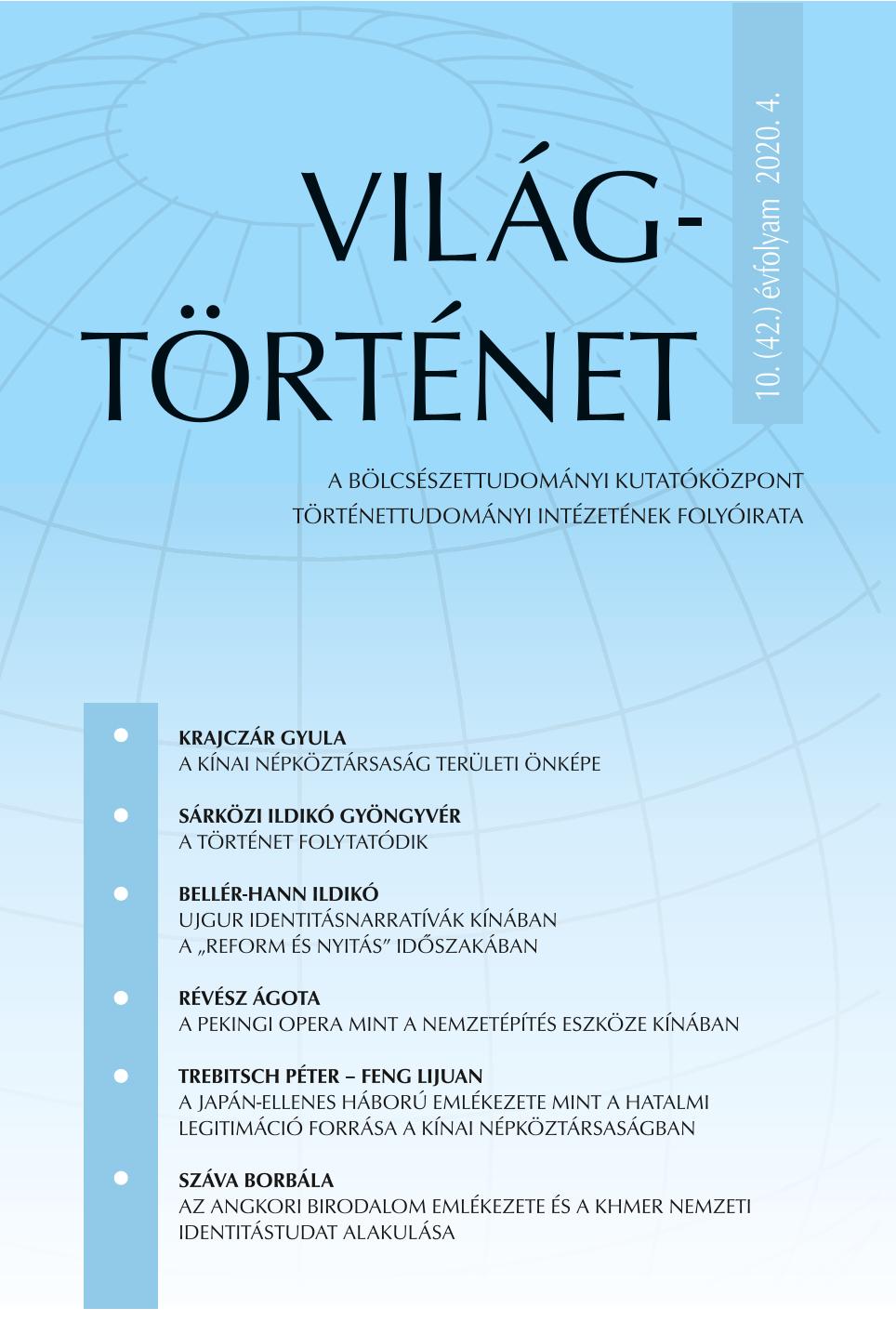
During the reform period that began in the late 1970s, the Chinese state has employed diverse strategies toward the Turkic speaking Muslim Uyghurs, an officially recognized ethnic minority concentrated in the far northwest of the country. These have ranged from affirmative action and large-scale development projects to censorship, surveillance and, since 2016, unprecedented suppression including mass incarcerations and brutal political re-education campaigns. As a result of the current tensions, many details of the history of the Xinjiang Uyghur Autonomous Region are contested. Although it has never been possible under socialism to challenge the main tenets of state-sponsored, nationalist historiography, Uyghur knowledge production continued to bolster indigenous collective identity vigorously until the mid-2010s. In addition to fiction and academic publications in fields such as archaeology and ethnography, numerous authors explored Uyghur history; their works reached large readerships. The present article derives from a research project that investigates the narrative strategies deployed by Uyghur authors in the reform period on the basis of selected examples. It demonstrates how Uyghur literati positioned themselves both during the years when they enjoyed relative freedom to research and cultivate their ethnic identity, and also in recent decades as the space for such activities has continuously narrowed. The general conclusion is that indigenous historical knowledge production under authoritarian conditions has to be interpreted in the temporal context of complex entanglements of power, knowledge and identity construction among both dominant group and indigenous minority.
More...
Keywords: child protection; service focus; new pathways; civil organizations’ services
The aim of the research, based on a qualitative methodology, is to gain an understanding of whether external/affiliated services are provided in child protection system targeting parents or children and young people with child protection problems. The aim is to examine the extent of a service focused and innovative approaches in child protection, where is the place and what is the role of civil services. The study, which based on 15 expert interviews, argues that child protection is currently characterised by many dysfunctions, as a self-contained and isolated sub-system of social policy, which not only fails to deliver the basic objectives of child protection in practice, but in many cases hides structural deficiencies and systemic anomalies. There is a need to explore new ways of child protection, including the use of volunteering, the services of civil organizations and broad partnerships
More...